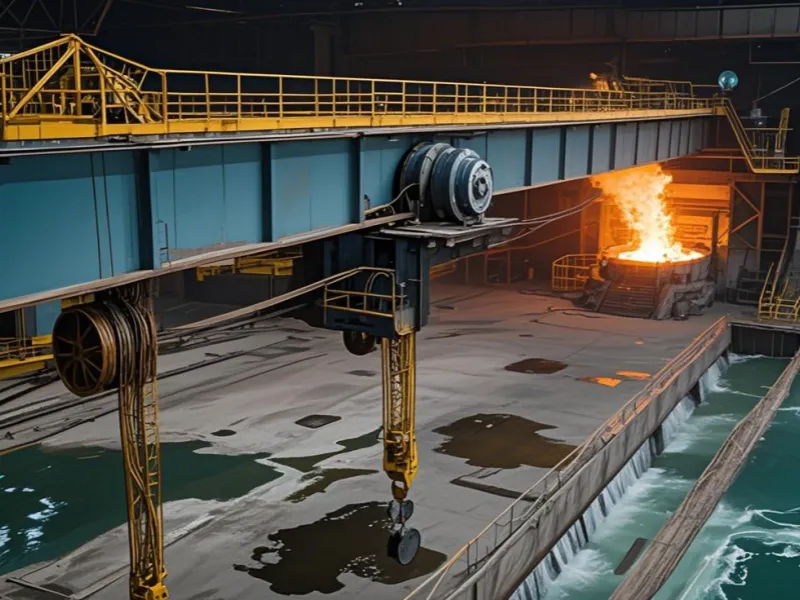Cranes for Metallurgical Factory

Need more information?
Contact our team to discuss how our crane solutions can be tailored to your specific requirements.

Contact our team to discuss how our crane solutions can be tailored to your specific requirements.